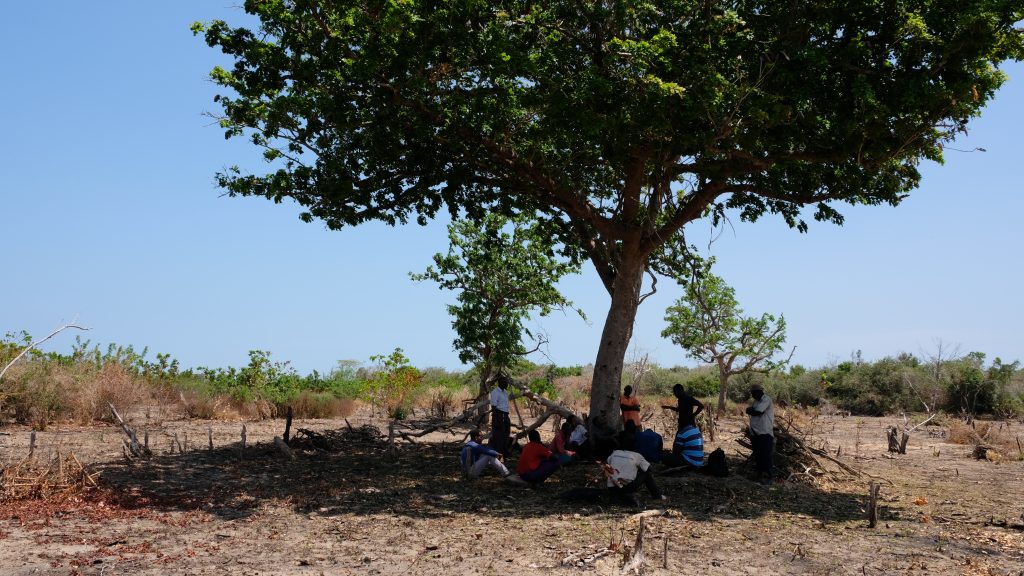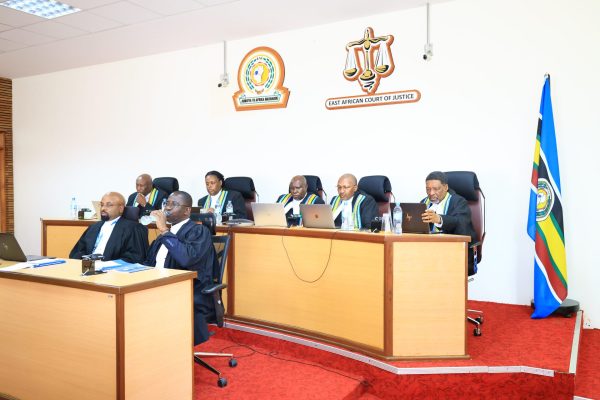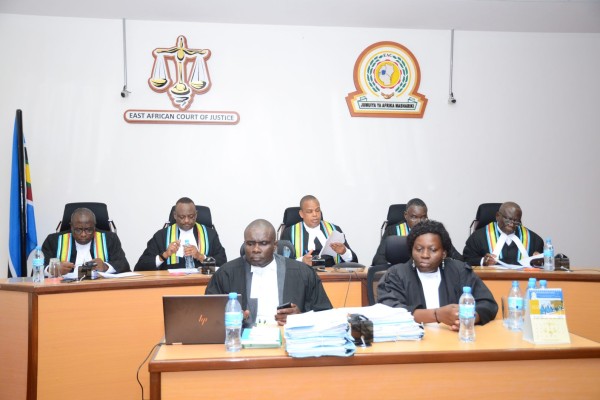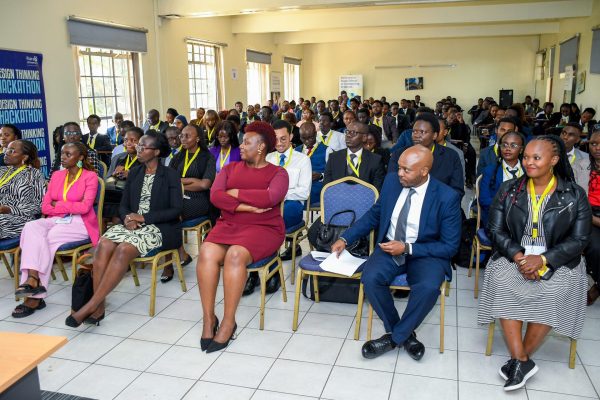Compulsory acquisition of land is an active debate in Kenya due to the high number of large-scale, land-demanding infrastructure projects implemented by the government in line with its Vision 2030. While the process has evolved since independence to present day, with the justification for acquisition focused on “public purpose” and payment of compensation, legal challenges and irregularities have made the process not only emotive, but one which contravenes human rights principles in manifold ways. Land acquisition has become a curse in Kenya.
The curse of compulsory acquisition first befell Lamu in 2013. Community members were evicted from their land to pave way for the construction of the County Government Headquarters. In 2016, the government, through the National Land Commission (NLC), began to acquire land in Kililana for the construction of the Lamu Port South-Sudan Ethiopia Transport corridor project (LAPSSET).
In the same year, NLC acquired more acres of land to set up the Lamu Coal Power Project, a critical source of energy for LAPSSET. This pushed the communities to seek solace in the courts, adjudicating their right to property and compensation for loss of their land.
The communities’ complaints were that guidelines on compulsory acquisition were not adhered to. Evicted communities were not issued with notices informing them of the intended acquisition. Where notices were issued, NLC’s process of inquiry into the legal ownership of the land fell short of the legal threshold. Years after their land was acquired, landowners are yet to be compensated.
For the Lamu coal project, farmers in Kwasasi now want their land back due to the failure of the project to kick off. They also want compensation for the time they have been unable to cultivate their farms. These sentiments are shared by the Kililana fisher community who accuse the government of acquiring more land than what was initially agreed upon and failing to compensate them.
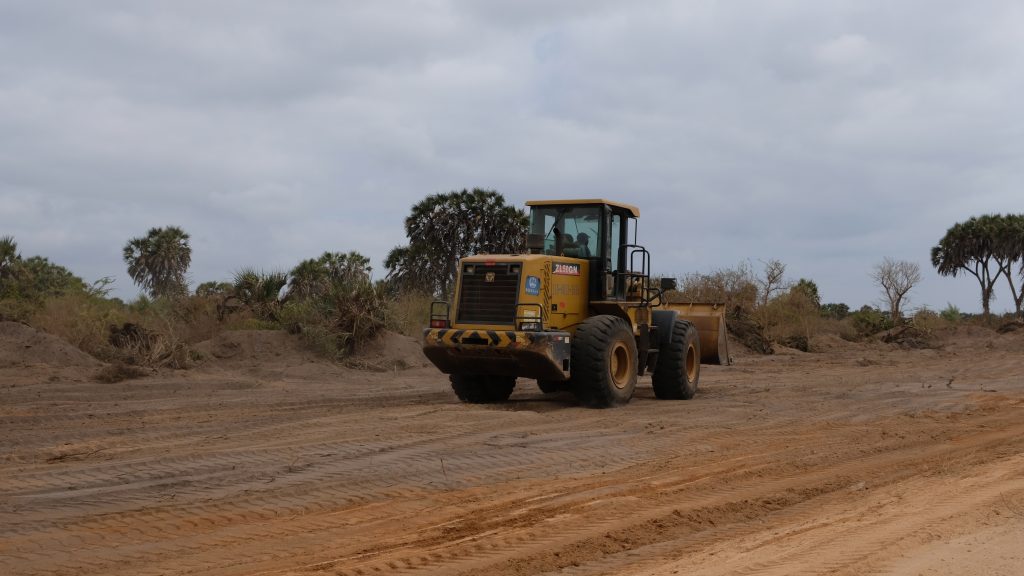
Legal requirements for compulsory acquisition
Ideally, legal provisions on compulsory acquisition should safeguard communities’ rights during the process. Article 40 (3) of the Constitution and the Land Act, 2012 allows for acquisition only where the land is acquired for a public purpose or in the public interest. They also allow for prompt payment of just compensation and provide for a person with an interest in the land to access a court of law.
On the issue of compensation, in Patrick Musimba v National Land Commission & others, the High Court emphasised the overarching right to compensation and the importance of just and prompt compensation. The compensation is calculated as the market value of the land. This is consistent with the Land Act, Section 111 (1B) which allows a landowner to choose any form of compensation. This can include allocation of alternative land, monetary payment, issuance of government bonds, grant or transfer of development rights or equity shares in a government-owned entity.
There is a requirement that any person with an interest in the land may access a court for determination of the interest. This encapsulates the obligation of state authorities to abide by the rule of law in acquisition of land and the right to fair administrative action provided under Article 47 of the Constitution.
The NLC must ensure transparency in assessing the value of the land to be acquired. It must publish and make available a Gazette notice detailing particulars of the land, conduct open and transparent public inquiries into ownership of the land and ensure that compensation is paid to the rightful landowners.
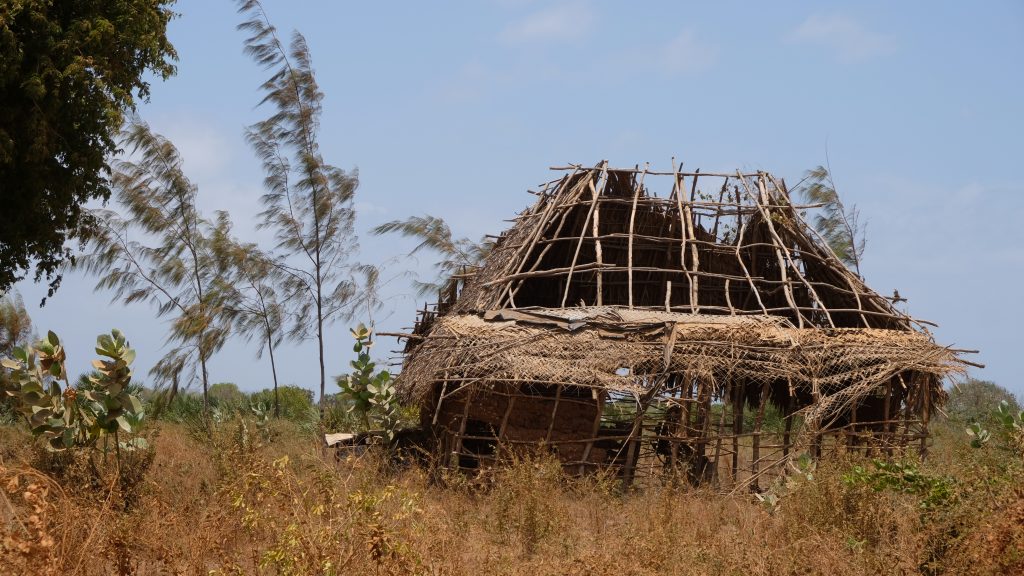
An analysis of the National Land Commission cases
We conducted an in-depth analysis of the cases filed by Lamu residents and the letters addressed to the NLC, the National Assembly and County government of Lamu. This analysis comes to the undoubtable conclusion that the residents were robbed off their land by the very state which swore to protect property rights.
The NLC’s argument is that acquisition was done for a public purpose. The question then is, which ‘public’ benefitted from the acquisition and the projects set up? And if NLC’s assertion is true, why did the communities vehemently oppose construction of the coal fire plant, a project which now lies on its deathbed due to its potential environmental and economic impacts.
There is a legitimate expectation that rightful landowners ought to be compensated promptly. This expectation, which protects people from arbitrary deprivation of property, is now threatened by the Land Value (Amendment) Act, 2019 (LVA). The LVA lengthens the period taken to pay compensation – up to one year after acquisition – prolonging the suffering currently experienced by Lamu residents. It is a regressive step to realising property rights and should be rendered unconstitutional.
The Prompt Payment Bill, 2020, an alternative to the LVA, is a progressive law which, if passed by Parliament, will underscore the need for prompt compensation. There is also an expectation that, where the reason resulting in acquisition fails or ceases to exist, landowners have a pre-emptive right to re-acquire the land upon refund of any compensation paid. If explored, this option will allow farmers in Kwasasi to re-acquire their land initially set out for the coal plant project which has failed to commence.
Public inquiries during land acquisition procedures
Another challenge in compulsory acquisition is lack of a clear procedure for conducting public inquiries as required under the Land Regulations, 2017. This mandate is left to the NLC. It is prone to abuse as was witnessed in the LAPSSET Project where landowners were blackmailed to give up large parcels of land in excess of the acreage earlier quoted. The NLC must formulate guidelines for public inquiries. It must also provide a format for Gazette notices informing the public of intended acquisitions. The notices should set out the purpose of the acquisition, description and location of the parcels to be acquired and their acreage. These should be clear and in a language easily understandable by the community.
The complaints raised by the communities in Lamu could have been addressed had the NLC adhered to the regulations on compulsory acquisition. It is unfortunate, however, that the NLC has time and again been accused of impunity, delaying compensation and mismanagement of public funds in the process of compulsory acquisition. As a result, livelihoods have been disrupted, communities have been deprived of their important social, religious and cultural site(s), and social relations have compromised.
It is imperative that compulsory acquisition laws and processes consider the consequences of land acquisition to communities in economic, social and political terms; as well as apply participatory frameworks in decision-making. Compensation, whether in monetary form or as replacement land, should meet the legal threshold and adhere to a well-designed compulsory acquisition model guided by key principles of human rights.

